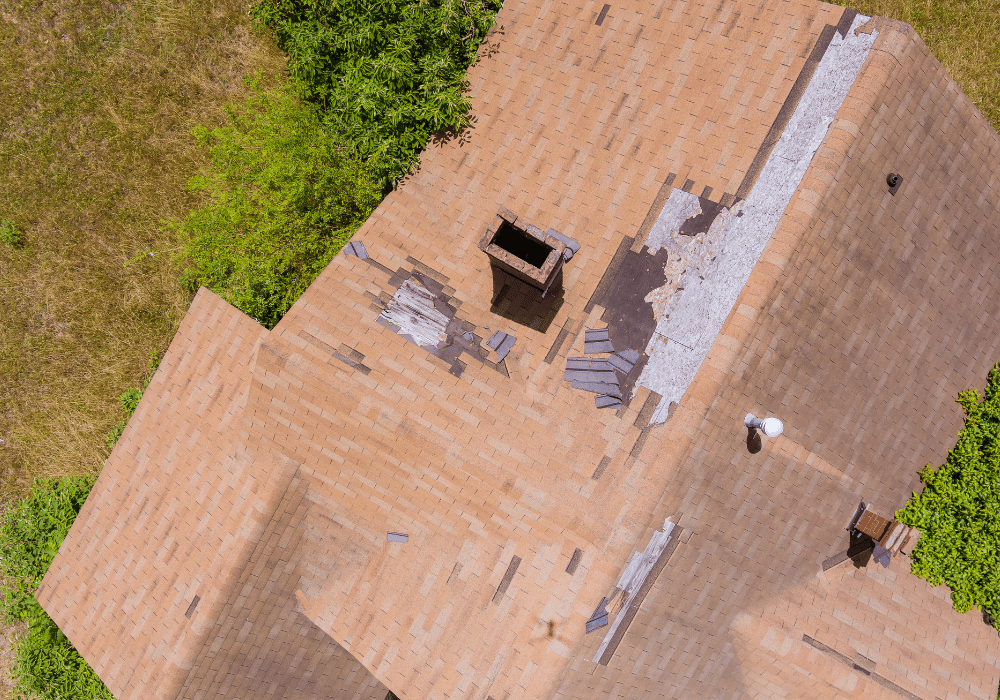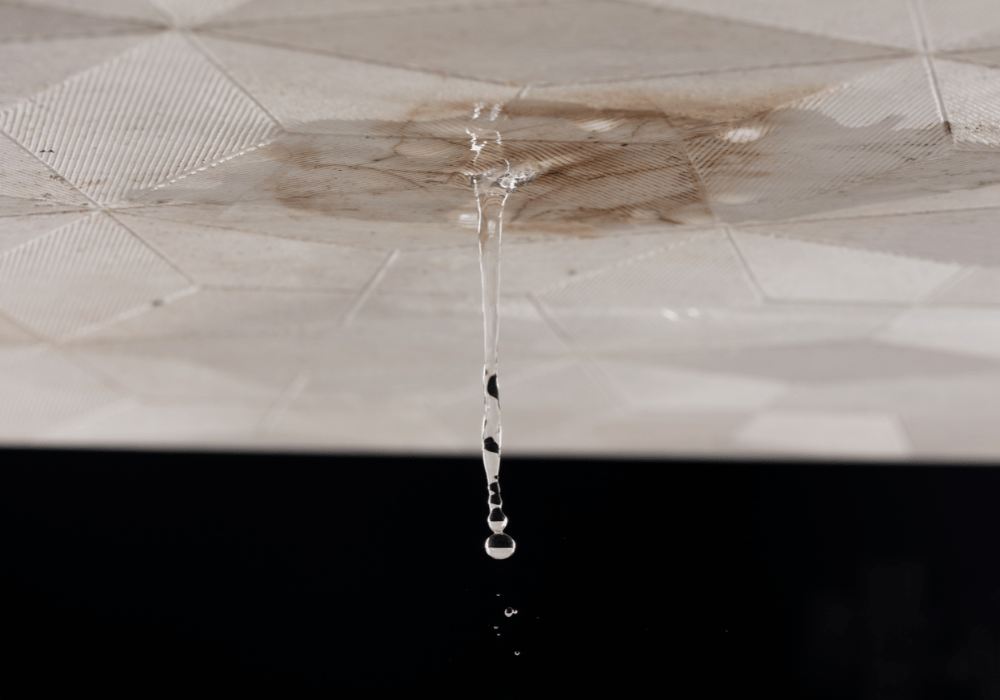Storms can wreak havoc on homes, leaving unseen damage that may worsen over time if left unaddressed. One part of your home that takes the brunt of windy weather is your roof. Identifying wind damage promptly is essential to preventing costly long-term damage. This guide will walk you through key signs of roof wind damage so you can detect issues early and protect your property.
Signs of Missing Shingles

One of the most common indicators of wind damage is missing shingles. High winds can loosen or completely tear shingles off your roof, leaving vulnerable spots exposed. Here’s how to identify this problem effectively:
- Visual Inspection: Step back and examine your roof from the ground. Do you notice any patches where shingles seem to be missing? Broken patterns or bare roof decking are telltale signs.
- Debris Around the Property: Check for shingles scattered around your yard, gutters, or driveway; these could have been ripped off during the storm.
Missing shingles are more than just an eyesore. They can leave your roof vulnerable to leaks, water damage, and structural issues. Addressing them promptly helps maintain your roof’s integrity and prevents further complications.
Granule Loss
Granules are the tiny, sand-like particles on the surface of asphalt shingles. They protect your roof from UV damage and add an extra layer of waterproofing. Wind and hail can strip these granules, leaving parts of your roof exposed. Here’s what to look for:
- Gutter and Downspout Debris: Granules often wash away into your gutters or land near the base of downspouts after a storm. Take a quick look at these areas for small, dark particles.
- Bald Spots on Shingles: Missing granules can leave your roof shingles looking smooth or “bald” in places. If you can safely get a closer look, examine areas that appear lighter or discoloured for granule loss.
Granule loss compromises the protective capabilities of your shingles. Over time, this deterioration can lead to increased wear, reduced energy efficiency, and higher susceptibility to leaks.
Bent or Damaged Flashing
Flashing refers to the metal pieces installed around chimneys, skylights, vents, and other roof edges to divert water away. When winds get intense, they can loosen, bend, or damage these crucial components. Here’s how to spot flashing damage:
- Warps or Bends: Check for any parts of your roof where the metal appears warped, bent, or lifted.
- Missing Seals: Flashing often works hand-in-hand with caulking or seals. Spot any cracks or missing caulk around flashing, as these gaps can lead to leaks.
- Rust or Corrosion: Strong winds sometimes fast-track exposure to moisture, leading to signs of rust.
Damaged flashing compromises your roof’s ability to direct water away, increasing the risk of water infiltration and costly repairs.
Interior Leaks

Not all signs of roof wind damage will be visible from the outside. If your roof has suffered structural damage, it may manifest in subtle ways inside your home. Look out for these interior clues:
- Water Stains: Yellow or brown rings on ceilings or walls are clear signs of water damage. These stains are often caused by leaks originating in your roof.
- Dripping Water: If you notice active drips during or after a storm, it’s time to inspect the roof immediately.
- Peeling Paint or Wallpaper: Excess moisture trapped in walls due to leaks can cause paint or wallpaper to bubble, crack, or peel away.
Interior leaks indicate that the roof’s protective barrier has been breached. Neglecting these signs can lead to widespread mould damage, rot, and weakened structural elements.
While you can address minor signs of roof damage yourself, significant issues caused by wind damage require expert attention. Climbing onto a roof can be both dangerous and ineffective for untrained individuals, so hiring a professional roofing contractor is always a smart choice.
A certified inspector will provide a thorough evaluation and recommend tailored solutions to keep your roof in peak condition. They can also help document damage for insurance purposes, ensuring you’re fully supported in the event of a claim.
